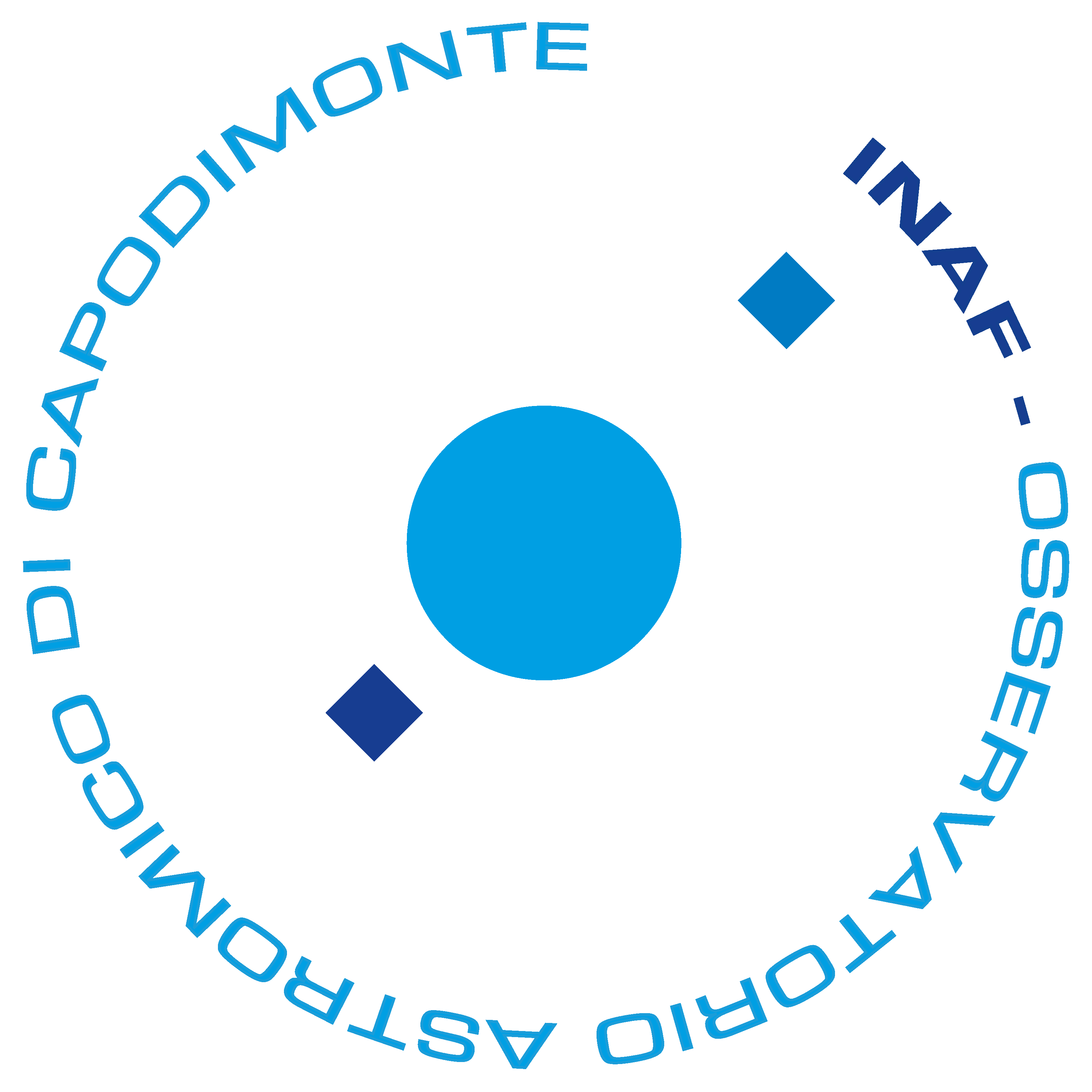Mariarca D’Aniello (2023)
Università degli studi di Napoli Federico II
Abstract
This thesis delves into the intriguing field of extraterrestrial and terrestrial drainage pattern analysis, shedding light on the hydrogeological and geomorphological histories of celestial bodies such as Earth,
Mars, Venus, and Titan. The analysis encompasses both topographic and satellite images, each presenting its unique challenges and requirements. For topographical images, the study employs image segmentation techniques, specifically focusing on Canny’s method with Optical Character Recognition filters, effectively removing symbols and legends from the images. When dealing with satellite images, Canny combined with anisotropic diffusion proves successful in mitigating background noise arising from graininess.
The central objective of this research is the development of mathematical models to automate the segmentation process while preserving drainage network profiles and minimizing information loss. This is
crucial for creating a consistent pre-processing phase that can be applied to extensive image datasets, facilitating the generation of a robust training set for classification using self-adaptive machine and deep learning approaches. In a judicious trade-off between automation and image quality, the study strikes a balance that allows for time-efficient pre-processing of large data volumes. The resultant images are then fed into deep learning models, integrating the extraction and classification phases into an objective and analytical framework.
Despite initial challenges posed by limited training data, the similarity of drainage patterns, and noise in the images from automated segmentation, the research yields remarkably impressive results.
The findings ultimately affirm the viability of deep learning as a powerful tool for data exploration in the realm of geomorphology and related fields. This work transcends the confines of terrestrial boundaries, offering valuable insights into the hydrogeological and geomorphological histories of planets and satellites, with the promise of opening new avenues for automated image analysis and data-driven discoveries in the cosmos.
Relatori:
- Carlo Donadio – Università degli studi di Napoli Federico II
- Brescia Massimo – Università degli studi di Napoli Federico II
- Cavuoti Stefano – INAF OACN

